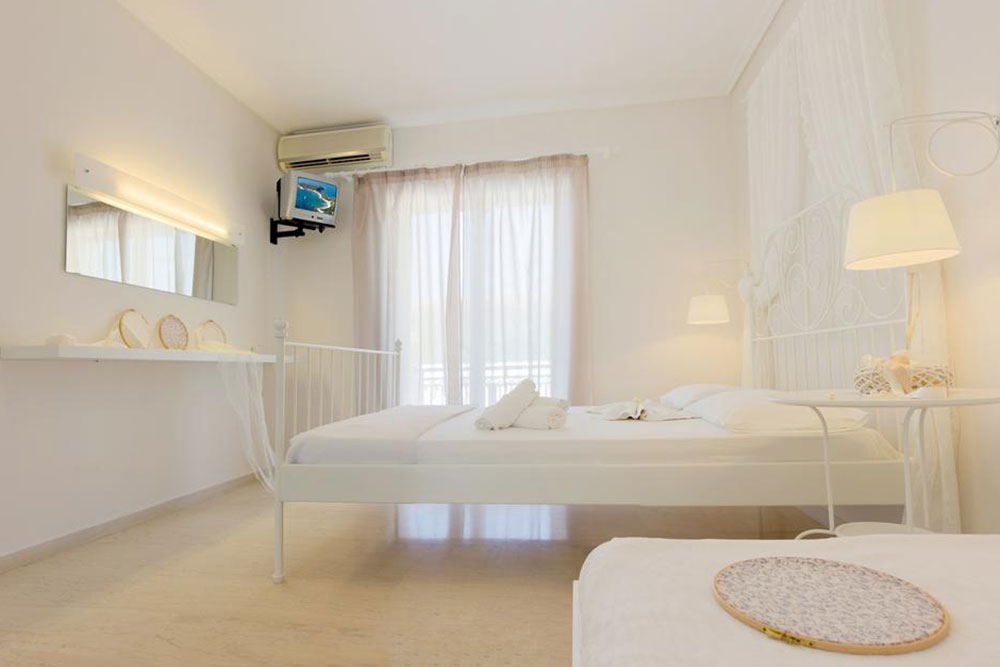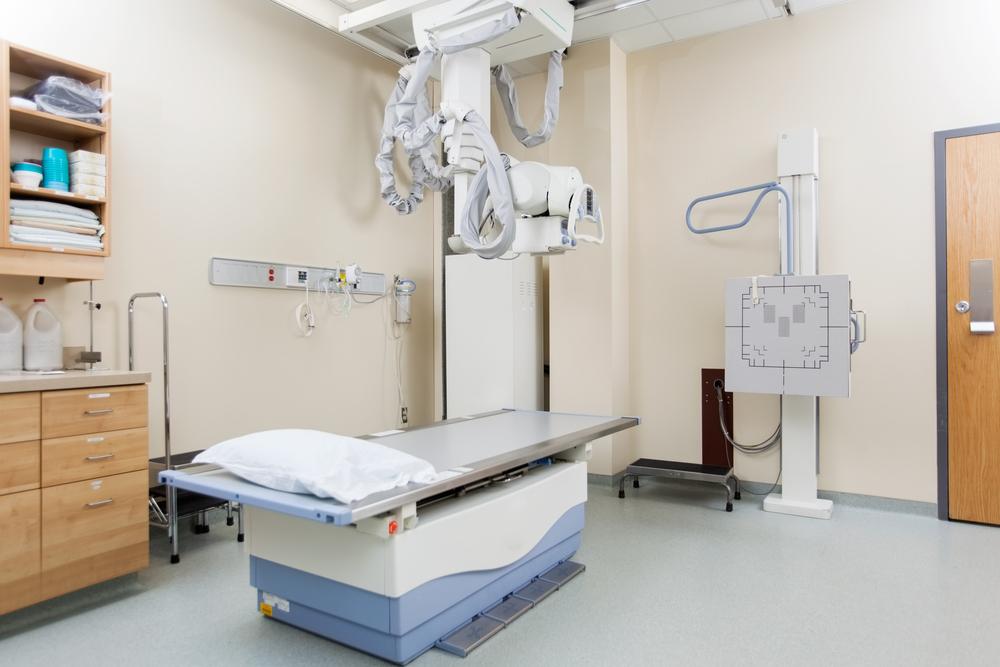Comprehensive Guide to Choosing the Best Hospital Bed for Home Use: Ensuring Comfort and Safety
This comprehensive guide provides in-depth insights into selecting the ideal hospital bed for home care, covering various types including manual, electric, bariatric, and low profile beds. It emphasizes factors like patient needs, safety features, and space considerations to help caregivers make informed choices that enhance comfort, safety, and mobility, ultimately improving quality of life and caregiving efficiency in the home environment.

Ultimate Guide to Selecting the Perfect Hospital Bed for Home Care
Providing high-quality care at home for patients with medical needs requires not only skillful attention but also the right medical equipment that mimics hospital standards. Among essential equipment, selecting an appropriate hospital bed plays a pivotal role in ensuring patient safety, comfort, and ease of mobility. Hospital beds designed for home use come in various types, each tailored to different health conditions and individual needs. Whether for long-term care, recovery, or comfort, understanding the features and functions of these beds can help caregivers and families make informed decisions.
This comprehensive guide aims to explore the different categories of hospital beds suitable for home care, highlighting their features, benefits, limitations, and ideal use cases. By the end of this article, you'll be equipped with the knowledge necessary to select the most suitable hospital bed to improve quality of life and facilitate effective care.
What Are the Key Factors to Consider When Choosing a Hospital Bed?
When selecting a hospital bed for home use, several vital factors should be evaluated:
Patient’s medical condition and mobility level
Required adjustability and control features
Safety features such as side rails and locking wheels
Space available in the home for bed setup
Budget considerations
Ease of cleaning and maintenance
These factors help determine which type of hospital bed is best suited to the patient's specific needs, ensuring safety and comfort while accommodating the caregiver's capabilities.
Types of Hospital Beds for Home Care and Their Features
Depending on the patient’s medical condition, mobility requirements, and budget, there are several types of hospital beds available in the market. Each type offers unique features that cater to different care scenarios, making it essential to understand their differences before making a choice.
Manual Hospital Beds
Manual hospital beds are a cost-effective and straightforward choice, especially suitable for patients who do not require frequent positional adjustments. These beds feature adjustable levers or switches that allow caregivers to manually change the bed’s position, including head elevation, foot elevation, and height adjustments. Many manual beds also include a knee-crank mechanism that elevates the legs, providing added comfort, especially during nighttime or when promoting circulation.
One significant advantage of manual beds is their ease of cleaning and low maintenance. They do not rely on electricity, making them ideal for areas with unreliable power supply or for those seeking energy-efficient options. However, manual adjustment can be cumbersome if the patient has limited mobility or requires frequent repositioning. Adjustments often depend on caregiver assistance, which may limit independence for some users.
Manual beds serve the same purpose as electric beds but offer a simpler, more budget-friendly alternative. They are lightweight, portable, and simpler to operate, making them popular in many home care settings. Caregivers should consider the patient’s ability to assist with adjustments when choosing this type of bed.
Full Electric Hospital Beds
Designed primarily for patients with critical health issues or limited mobility, full electric hospital beds offer maximum convenience and independence. These beds are powered electrically, allowing users to effortlessly adjust the head, foot, and height positions via remote controls or control panels built into the side rails. Many models come with adjustable features to lock the wheels in place, ensuring stability during transfers or adjustments.
Full electric beds are particularly useful for patients who must frequently change their positions throughout the day, such as those with pressure ulcers, respiratory issues, or post-surgical recovery needs. They also help caregivers by reducing physical effort and strain, making caregiving safer and less tiring.
These beds often include additional safety features, such as side rails to prevent falls and battery backups to ensure operation during power outages. However, they tend to be more expensive than manual or semi-electric options due to the advanced motorized features.
Semi-Electric Hospital Beds
Semi-electric beds combine the benefits of manual and electric models, making them a versatile choice for many home care situations. These beds feature electric controls for head and foot adjustments, allowing users or caregivers to make these changes easily. However, the height adjustment remains manual, typically operated through a hand crank or similar mechanism.
This configuration offers a balance between affordability and convenience. Semi-electric beds are larger and more sophisticated than manual beds, providing easier repositioning for users with mobility challenges. They often come with features such as lockable wheels, side rails, and compatibility with various mattress types to enhance comfort and support recovery.
However, the manual crank for adjusting bed height may pose some inconvenience for bedridden or severely mobility-challenged patients. For such cases, full electric beds might be a better fit, but semi-electric options remain an excellent middle ground for many users.
Bariatric Electric Hospital Beds
Designed specifically for larger or obese patients, bariatric beds are wider, stronger, and built to support higher weight capacities—generally up to 1,200 pounds. These beds typically measure around 54 inches in width and 88 inches in length, offering ample space and safety for heavier individuals.
Built with durable materials and reinforced frames, bariatric beds provide stability and comfort, enabling patients to move more freely without the risk of structural failure. They are fully electric with manual backup options, ensuring smooth adjustment of the head, foot, and height despite the increased size.
Due to their increased dimensions and strength, bariatric beds require larger rooms with sufficient space for setup and maneuvering. They are suitable for both long-term and short-term care, offering vital support for obese patients with medical needs.
Low Profile Hospital Beds
Low profile beds are designed to reduce fall risks for patients with mobility issues or those prone to falling during sleep or transfers. These beds have a lowered height, typically around 8 to 14 inches from the floor, making it easier for patients to sit up, get in, and get out of bed safely.
They are particularly beneficial for older adults, post-surgical patients, or individuals with balance concerns. The reduced height minimizes the distance from the bed surface to the floor, decreasing the likelihood and severity of fall-related injuries.
Low profile beds usually come with safety rails and lockable casters, and some models include adjustable height settings to accommodate various caregiver needs. They are an essential part of fall prevention strategies in home care environments.
Consulting Healthcare Professionals for Personalized Recommendations
Choosing the right hospital bed requires thoughtful consideration of the patient’s specific healthcare needs, mobility status, and home environment. It’s advisable to consult healthcare professionals—such as physical therapists, nurses, or physicians—who can assess the patient’s condition and recommend the most suitable bed type and features.
Proper selection of a hospital bed enhances safety, promotes comfort, and supports efficient recovery or ongoing care. Investing time to understand each type’s pros and cons ensures that the caregiver can provide the best possible environment for their loved ones.
In summary, whether opting for manual, electric, semi-electric, bariatric, or low profile beds, the right choice depends on a careful evaluation of the medical requirement, mobility level, budget, and home space. Making an informed decision helps improve the quality of life for patients and eases the caregiving process.





